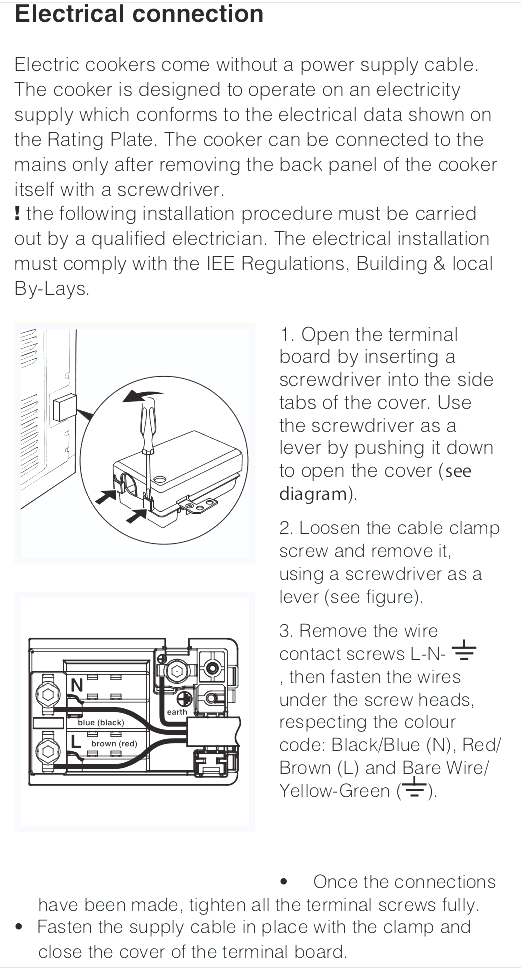I have a oven-induction stove combi ...
The Netherlands uses a 16A Type F Socket which can supply up to 3.68 kW of power.
An oven + induction stove normally need more power than that. For example, some are rated at 12 kW with a 32A fuse (meaning you cant have every element running at full power all at the same time).
In the UK an oven and hob would be on a dedicated 32A circuit permanently hard-wired by an electrician with no plug or socket. This is not regarded as a portable appliance.
Check the manual supplied with the item and find out how much current or how much power it actually needs.
Ideally you should consult an electrician.
In the UK, for example, you need to carry out "diversity" calculations for the circuit which take into account the likelihood of various types of loads being used concurrently.
... which has a 4 pin plug
Posting a photo of that plug would have helped readers better understand what you need help with.
The only European 4-pin power plug I know of is the IEC 60309 400V, 16A 4-pin three-phase plug. However that is an industrial plug used for three-phase motors. You'd never find one attached to an oven + hob combination intended for use in a home.

If it is a USA NEMA 14-50 plug, it may be intended for a split-phase 60Hz supply which is not available in Europe (outside US military bases).

If so you'd need to ask the manufacturer if the appliance can be used on the type of electrical supply available to you (probably a 230V single phase 50 Hz but possibly a three-phase 50 Hz system)
I believe some US ovens use 240V for the heating elements and 120V to drive the control circuitry. Your most economical solution for anything of that sort that cost less than $1000 is to take it to the nearest recycling centre, then go and buy a 230V single-phase replacement.
this is the model I have
The manual for the Indesit I6VV2A(W)/UK Cooker contains these instructions:

So the cooker is not supplied with a cable and plug. It should be hardwired to am electrical circuit that matches the rating plate. I expect it needs a 230V 32A dedicated circuit with a two-pole isolation switch accessible on the wall near to it. In the UK it would be connected through a Fixed Connection Unit (FCU) not using a plug. Things may be different in the Netherlands so I would suggest consulting an alectrician.
You cannot separate the hob from the oven or disable the hob in this Indesit 16VVA2.
Can I somehow make that kind of connection using mutiple normal power sockets?
No. Absolutely not.



